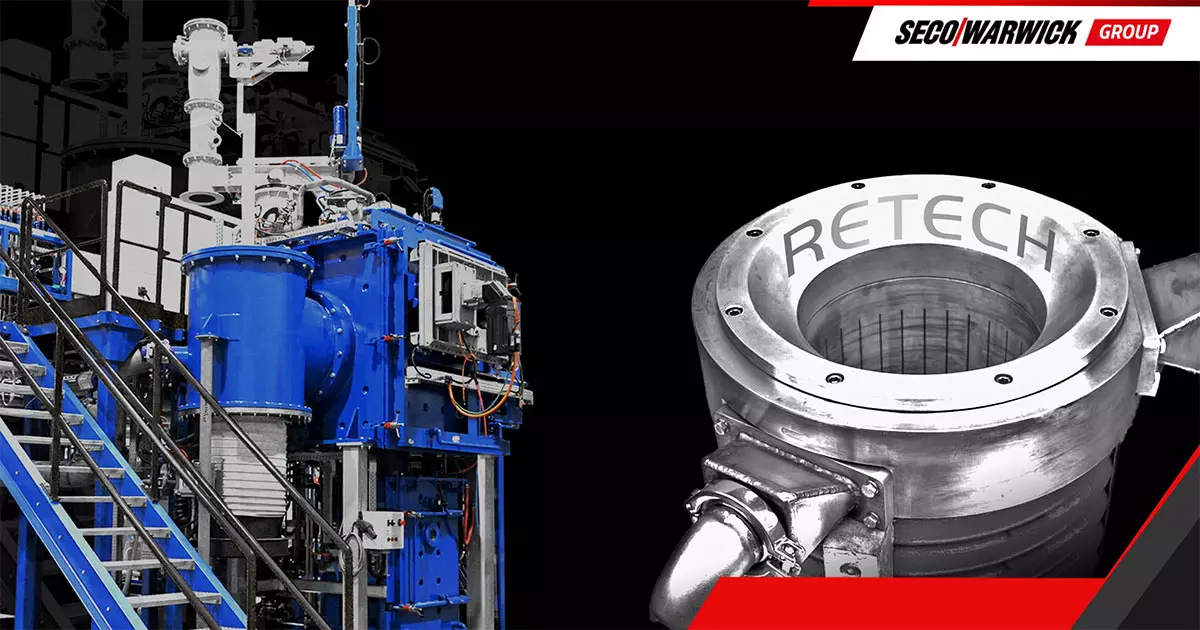Ai automation and cybersecurity: mitigating risks

The rise of ai in cybersecurity
Artificial Intelligence (AI) has revolutionized various industries, and cybersecurity is no exception.
AI’s ability to analyze vast amounts of data and detect patterns in real-time has significantly enhanced threat detection and response capabilities.
AI-powered systems can identify anomalies and potential threats faster and more accurately than traditional methods. This proactive approach helps organizations stay ahead of cyber threats, minimizing the likelihood of successful attacks.
However, with the benefits come challenges. AI itself can be vulnerable to attacks if not properly secured, posing new risks that cybersecurity experts must address.
Challenges and risks of ai in cybersecurity
One major challenge is the potential for adversarial attacks against AI models. Adversaries can manipulate AI algorithms by feeding them misleading data, causing them to make incorrect decisions or classifications.
Moreover, AI systems can inadvertently inherit biases from the data they are trained on, leading to discriminatory outcomes or vulnerabilities that could be exploited.
Additionally, the complexity of AI algorithms makes them difficult to interpret and explain, which can hinder efforts to audit or verify their security and effectiveness.
Strategies for mitigating risks
Despite these challenges, there are strategies organizations can implement to mitigate risks associated with AI in cybersecurity:
Robust Training Data: Ensuring the quality and diversity of training data can help reduce biases and improve the accuracy and reliability of AI systems.
Adversarial Testing: Conducting rigorous testing and validation of AI models against adversarial attacks can uncover vulnerabilities and strengthen defenses.
Transparency and Explainability: Promoting transparency in AI algorithms and fostering explainability can enhance trust and facilitate better understanding and oversight.
The future of ai and cybersecurity
Looking ahead, the integration of AI into cybersecurity will continue to evolve. AI-driven technologies like machine learning and predictive analytics will become more sophisticated, offering even greater capabilities for threat detection and response – automee.digital.
However, as AI advances, so too will the strategies and tactics employed by cybercriminals. It is essential for cybersecurity professionals to stay vigilant, adapt to emerging threats, and continuously innovate to safeguard sensitive data and critical systems.









